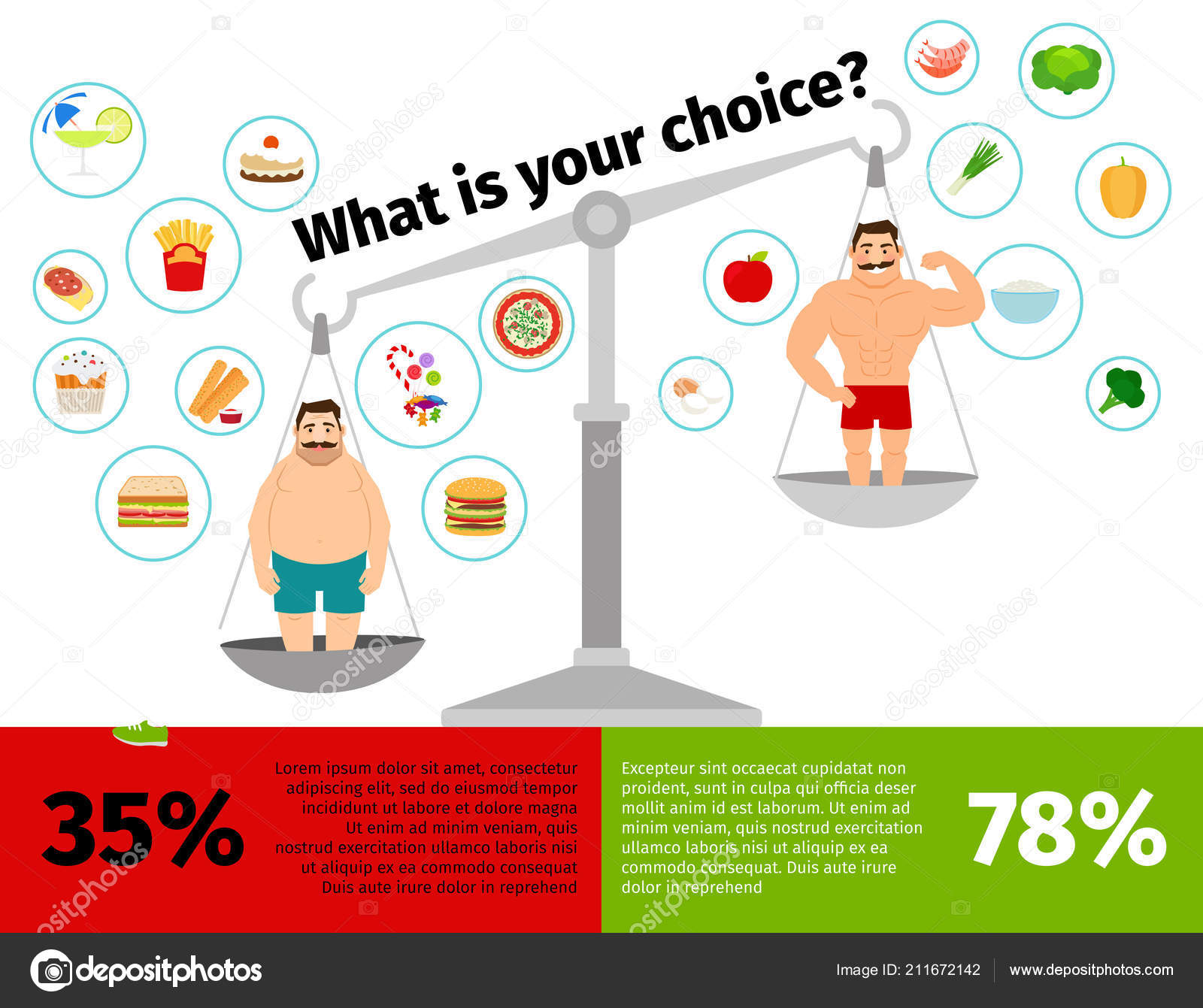Budgeting For Cold Laser Treatments 10 Prices
Budgeting For Cold Laser Treatments 10 Prices
Blog Article
Scientific Research Study on the Efficiency of Cold Laser Method
Cold laser therapy is a useful device to help in pain monitoring and the recovery process. It is usually utilized in sports medication, dermatology and acupuncture.
Cold lasers permeate deep right into cells and promote chemical changes without heating them. They reduce swelling and swelling, speed up cellular activity and accelerate healing.
Academic History
Unlike the high-intensity lasers that surgeons use to cut through tissue, cool laser treatment utilizes light-emitting diodes to permeate into your skin and promote recovery. As these photons get to damaged tissues, they launch a domino effect that boosts your cells' production of enzymes and accelerates your body's all-natural recovery processes.
The photons also reduce discomfort with the production of endorphins and increase your body's capacity to drain pipes swollen areas by generating vasodilation (the growth of blood vessels). As a result, it aids you recuperate from bone and joint injuries and discomfort faster.
Many people have actually become aware of chilly laser treatment from their physiotherapist, chiropractic specialist or physician and may be asking yourself exactly how it works. Unlike the majority of laser gadgets used in the clinical field, which actually warm up tissue, our modern devices releases cold laser beam that don't cause any type of heating of your cells. This allows your body to obtain the restorative benefits without causing any type of negative effects.
Scientific Trials
Cold laser treatment is frequently advised as a treatment alternative for individuals who have bone and joint pain and injuries. It can be utilized to decrease swelling, strengthen cells and accelerate the body's all-natural healing procedures.
Non-thermal photons of red and infrared laser radiation are absorbed by the light delicate aspects in cells and launch a boost in intracellular metabolic rate that raises cell reproduction, decreases inflammation, gets rid of edema and shortens healing time.
Unlike the light that is created by sunlight or standard lights, laser light is parallel (all wavelengths traveling parallel), systematic and monochromatic. These residential properties allow laser energy to pass through deeper right into the tissues.
Numerous scientific tests have actually revealed that LLLT can be efficient in reducing discomfort in the musculoskeletal system. However, even more well-designed researches are needed to review the ideal settings for laser irradiation and to establish its efficiency in particular conditions, such as oral mucositis in cancer clients getting chemotherapy or radiotherapy, and wound recovery (including diabetic person ulcers complying with hammertoe surgical procedure). This Aetna plan notice does not resolve other uses of LLLT, including the treatment of different skin diseases.
Final thoughts
Unlike medical lasers that can damage growths or coagulate cells, cool laser treatment does not warm the body's cells. Rather, the light boosts your cells to generate adenosine triphosphate, which quickens the repair process of injured cells.
Aetna takes into consideration low-level laser (LLL) treatment medically required for the prevention of dental mucositis related to cancer cells treatment (chemotherapy, radiation treatment, hematopoietic stem cell transplant) and non-cancer treatments picosure laser near me (such as radiodermal injury, fibromyalgia). Several researches revealed that LLT can be efficient in reducing PU symptoms without damaging impacts. Nevertheless, differences in research designs and laser dosimetry made comparison of the outcomes tough; RCTs with low threat of predisposition are needed. The use of a 660 nm wavelength and greater power density appears to be extra efficient than the other researched laser wavelengths. This could be due to the fact that the other wavelengths might promote inflammatory processes and create more side effects. The result of the kind of laser used is additionally crucial; the authors recommend that future research concentrate on examining different sorts of lasers and their doses to determine the ideal combination of laser criteria for PU prevention.
Referrals
Cold laser therapy is made use of by dental practitioners to treat swollen gum cells, physicians to reduce pain caused by rheumatoid arthritis, and physiotherapists to speed the recovery of muscle, ligament, and tendon injuries. Numerous clinical insurance coverage strategies cover this treatment.
Unlike warm lasers, which have a thermal effect on cells, cold lasers (likewise called low-level lasers) boost the cellular power of the skin. Photons from the laser light penetrate right into the cell, triggering a series of chemical adjustments that promotes regrowth and reduces inflammation.
In order to work, lasers must be appropriately setup and utilized. This is why it is not suggested to purchase an economical over the counter laser tool and try to treat yourself in the house. A trained professional is called for to guarantee that the tool is made use of correctly to lessen the threat of eye injury and maximize its efficiency. The laser tool must be adapted to the proper setup, intensity, frequency, and position of the laser on the therapy location.